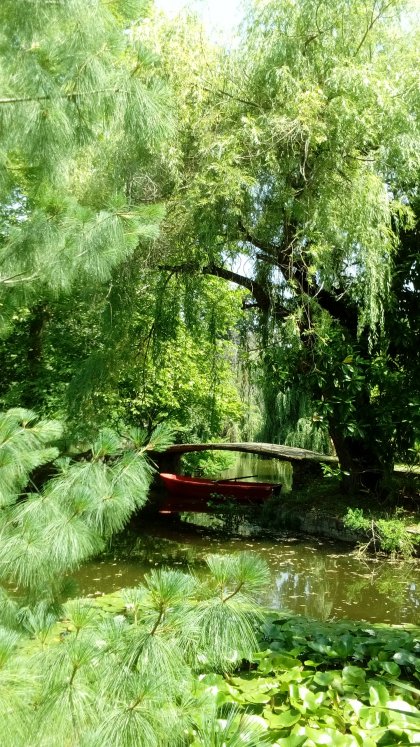Krichim Palace: A Hidden Gem for Botany and History Lovers

Sofia, November 26 (Dimitrina Solakova of BTA) - Nestled amid some 140 ha of lush deciduous forest along the Vucha river and built for Bulgaria's rulers in the first half of the 20th century, the Krichim Palace is a must-see tourist site for botany and history lovers alike. Located next to the south-central village of Kourtovo Konare, the former hunting estate of King Ferdinand I and his son King Boris III was opened to tourists just over two years ago but still remains off the beaten track.
Officially the Krichim State Hunting Reserve, the estate encompasses an area of 200 ha, including the deciduous forest and a decorative park of some 30 ha. Located within the park is the royal hunting residence, over ten buildings with various functions, lakes, fields, and more than 300 Bulgarian and foreign plant species.
Walking along the park's alleys, one can see 500-year-old oak trees, 200-year-old silver poplar trees, and plant species that are unique for Bulgaria, such as sequoias and magnolias. Water lilies bloom in a 0.3 ha lake that rowboats used to traverse back in the day. A constantly expanding variety of flowers are exhibited in the park's greenhouse. If lucky, one can catch a glimpse of fallow deer in the adjacent forest, a protected area where mouflon, pheasants, and a rare species of Mexican turkey also reside.
The royal residence, or what is officially called Jagdschloss Kritchim [Hunting Home], was initially a small hunting lodge built for King Ferdinand in 1905. It was reconstructed by Bulgarian architect Yordan Sevov in 1936 to become what tourists can visit today: a two-storey building with over 50 rooms, the interior of which was done by a Viennese company and is currently on display.
It is in this building that in 1943 King Boris III tore Adolf Hitler's order for the deportation of Jews living in Bulgaria. The Krichim Palace is also where Simeon Saxe-Coburg-Gotha, son of King Boris III and former prime minister of Bulgaria (2001-2005), grew up. The magnolia planted for his birthday and the pool built for him and his sister among the park's trees, are among the stops during the guided tour of the reserve.
Bulgaria's communist leader Todor Zhivkov, too, has stayed at the Krichim Palace, which after 1946 was nationalized and turned into a party and government residence. Until the fall of communism in 1989, the Palace was visited by high-ranking individuals and delegations from across the globe, including Vietnamese president Ho Chi Minh, Cuban leader Fidel Castro, and Indian prime minister Indira Gandhi. The Atlas cedar and the Himalayan pine that Soviet cosmonaut Yuri Gagarin planted in the park in 1961 can now be seen standing over 20 metres tall.
After 1989, the Krichim Palace switched management from the Council of Ministers through the National Service for Protection to various ministries, until in late 2018 the government allowed Southwest State Forestry Enterprise - Blagoevgrad to manage the reserve free of charge. These changes in management, coupled with the significant maintenance expenditures and the limited revenues have resulted in the disrepair of some of the old buildings within the park. The 20-member team caring for the Krichim State Hunting Reserve are hoping that EU funding will help restore them to their former glory.
Visits to this hidden tourist gem can be made Tuesday to Saturday from 9 a.m. to 4:30 p.m. Guided tours can be booked in advance or joined on site. Tickets are sold at the entrance to the reserve. The Krichim Palace is also available as a venue for open-air exhibitions, cultural events, workshops, and educational activities.
/DS/



 EUR 1.9558
EUR 1.9558
 USD 1.7284
USD 1.7284
 CHF 1.8677
CHF 1.8677